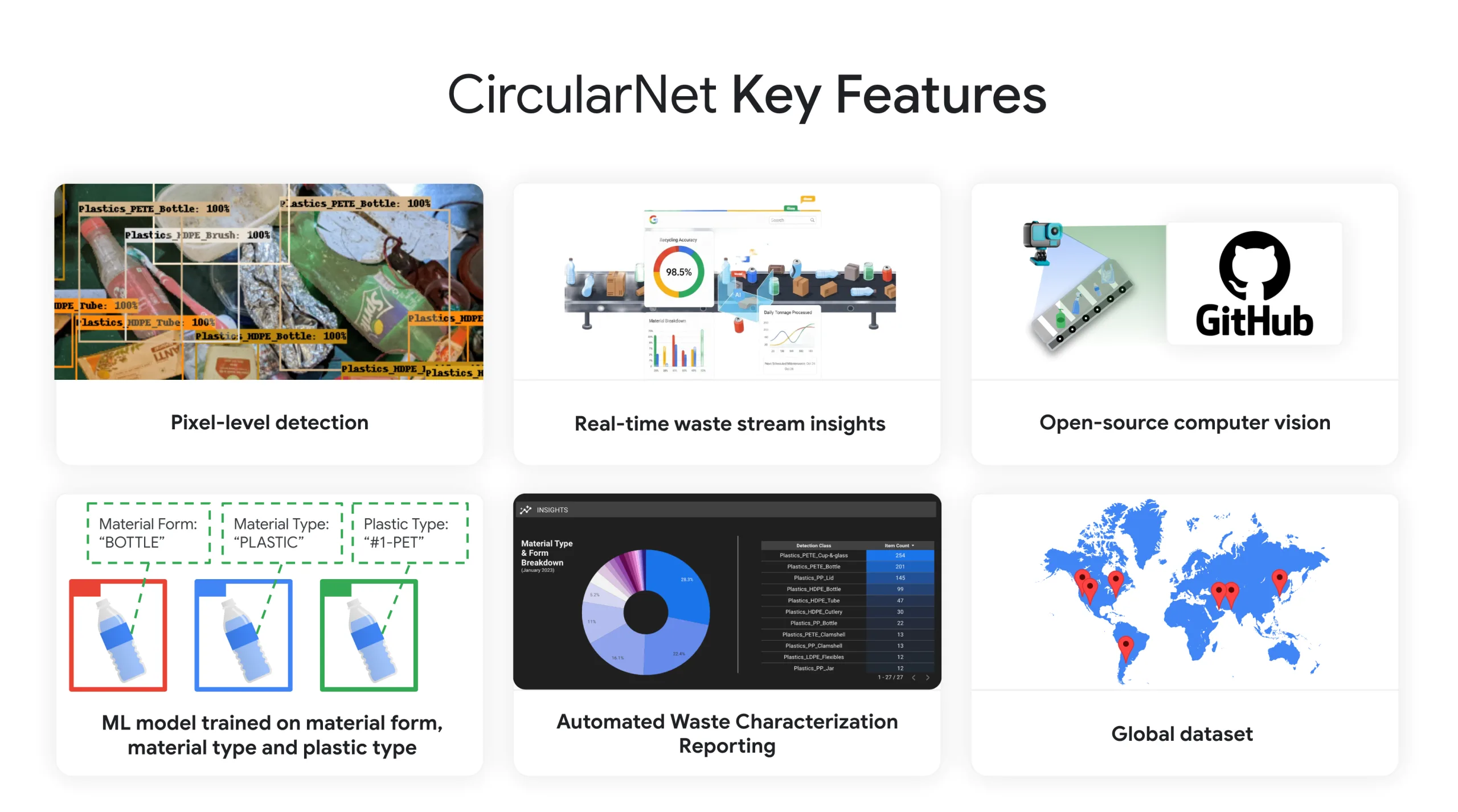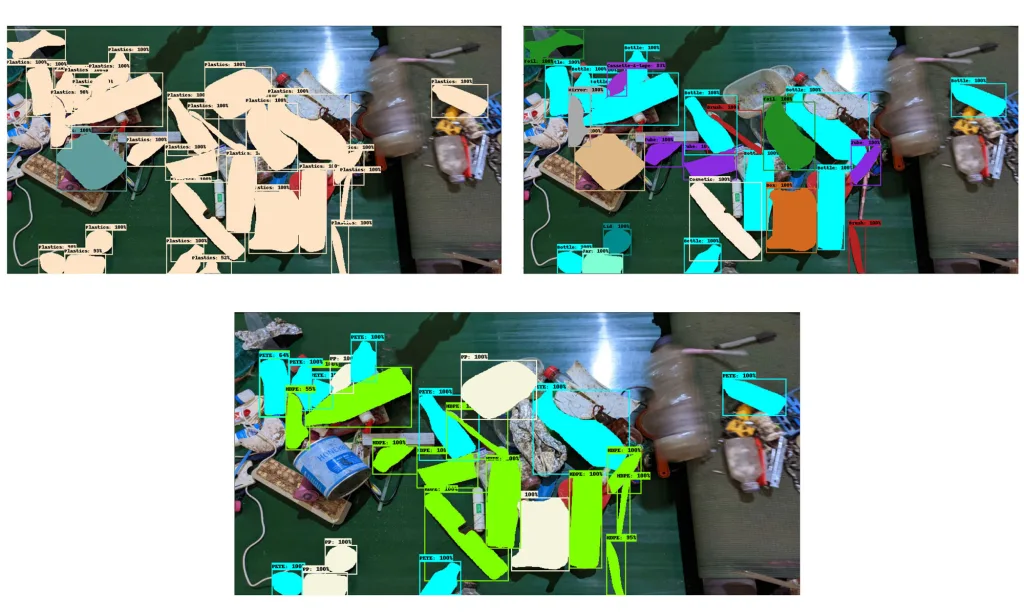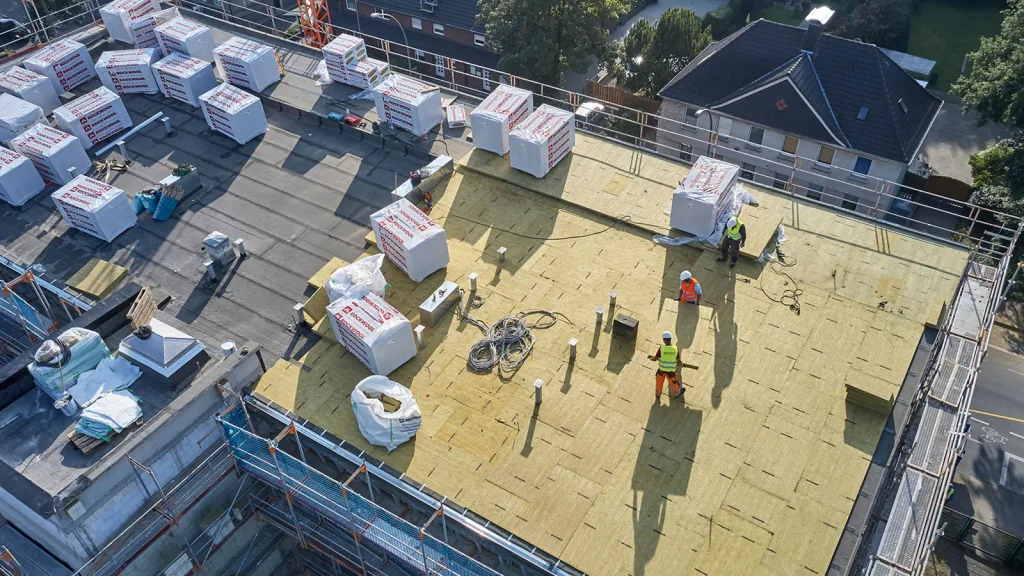Google’s CircularNet empowers recycling facilities to significantly improve waste identification and sorting, unlocking business value with the circular economy.
The challenge of democratizing data for the recycling industry
Rather than extracting, consuming and discarding, a circular system focuses on designing products and processes that prioritize reuse, repair and recycling. It’s a model gaining global momentum as its economic advantages become more widely appreciated, with businesses, governments and innovators investing in circular strategies as a pathway to both sustainability and growth.
The circular economy’s success depends on effective recovery systems that include the infrastructure, technologies and processes to return materials back into productive use. Whether through reusing, remanufacturing or recycling, these systems are essential for keeping resources in circulation and reducing dependence on virgin materials.
Accurate sorting is critical to keeping recyclable materials clean and usable and ultimately making the circular economy work. Yet today, contamination is a big issue, as nearly 1 in 5 items in recycling bins don’t belong there, leading to safety risks, higher processing costs, and degraded material quality1.
At the center of this challenge are the Material Recovery Facilities (MRFs), which identify and sort society’s waste into usable material streams. But even with automation and manual labor, these facilities struggle to accurately identify and separate materials, limiting both efficiency and profitability. Misidentification causes poor sorting, leading to contamination that lowers the economic and environmental value of recycling.
The Solution – CircularNet for a smarter material identification towards a circular future
To support better material recovery, Google developed CircularNet, an open AI and machine learning model designed to make waste identification more accessible, accurate and scalable. The objective is to develop a robust open-source model grounded in globally sourced data that supports the identification, sorting, management and ultimately the recovery of materials across the waste value chain.

By training on thousands of real-world photos, CircularNet learns to recognize materials (like paper, plastic or metal), the form they take (such as a bottle or a can), and even specific plastic types (like HDPE or PET). In collaboration with recycling experts and MRFs, Google developed a comprehensive labeling system to train and test the model in real-life conditions. This has resulted in the publication of a flexible and adaptable tool, capable of working across diverse waste streams and geographies.

Smarter detection at critical points in the recycling process has the potential to:
- Improve visibility into recycling streams and unlock untapped material value
- Reduce contamination in both incoming and outgoing waste flows
- Increase landfill diversion through more accurate sorting
While the technology behind CircularNet is sophisticated, its impact is straightforward: greater accessibility to waste & recycling data via open source and globally trained technical solutions. This helps recyclers recover more, reduce contamination and return valuable resources back into the loop, paving the way towards a more circular and sustainable future.
CircularNet as a CTI Enabling Solution
Google used WBCSD’s CTI Enabling Solution methodology to effectively assess CircularNet’s contribution to circularity. CTI Enabling Solutions methodology supports businesses in qualifying and quantifying solutions within their portfolio that enable circularity so that they can make credible, consistent and comprehensive claims.
More specifically, CircularNet:
- Increases a partner’s performance on CTI’s % actual recovery indicator by providing data and insights that enable improved material recovery. A case study with the Indian startup Recykal revealed that by using CircularNet’s AI capabilities, Recykal achieved over 90% accuracy in material detection, improving the purity of recyclables by around 60%. This led to a sixfold increase in material value and the diversion of over 50,000 metric tonnes of waste from landfills every month2.
- Does not physically alter the materials or products being sorted or introduce any substances that could inhibit recovery.
- Operates at the end-of-life stage of products, providing analytics that, while not altering the product’s use phase, enable improved material recovery and recycling, thereby extending the material’s life.
- Is a new solution that offers an open-source, high-accuracy (>90%) AI solution that enables real-time or aggregated pixel-level waste analytics that goes beyond conventional manual or costly waste-sorting methods common in low-income areas. A pilot study with Saahas Zero Waste demonstrated CircularNet’s ability to identify materials and generate a cleaner recycling stream. This improvement in material quality led to a 10–12% increase in revenue.
- Enables circularity at scale buy building onto existing technologies (available on GitHub and powered by TensorFlow and Google Cloud for long-term analytics) suitable for large-scale data processing and delivering insights around the world. The model is available for either direct use or training, conversion or inference along with guides and scripts on GitHub, from where users can freely download depending on individual use3.
Leveraging the CTI Enabling Solutions framework allowed for a thorough and credible assessment of CircularNet’s potential to drive substantial impact in third party circularity.
WBCSD’s CTI Enabling Solutions methodology helped our team formally analyze and validate CircularNet’s impact with ease. The methodology strikes the right balance of simplicity and depth and is designed to help companies assess and create solutions that drive meaningful impact. At Google, we aim to maximize the reuse of finite resources across our operations, products, and supply chains—while enabling others to do the same. There is a nice alignment and we see significant value in this framework.
– Nathan Gassman, Google’s Circular Economy Lead
For more information on how CircularNet fulfills the CTI Enabling Solutions methodology, readers can find the whole case study here.
Note: The Circular Transition Indicators (CTI) methodology is the foundation of circular performance measurement and management of WBCSD’s and UNEP’s Global Circularity Protocol for Business, which is currently on development and expected to be launched at COP30.
Outline
Related
Content

The incredible opportunity in building renovation
11 September, 2025

Sustainability at a Crossroads: A survey developed by ERM, GlobeScan and Volans
9 September, 2025

On the way to zero – How Henkel wants to achieve net-zero by 2045
8 September, 2025
